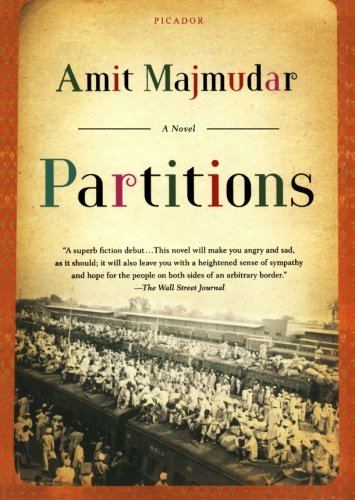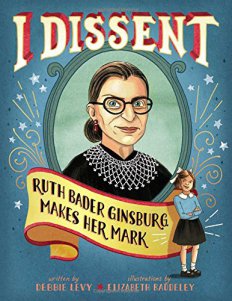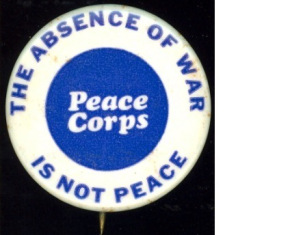
Yes, I went back.
It’s still breathtaking, I still have some reservations about some specific choices, and some elements made a little more sense the second time around. So… random thoughts, because it’s been a long week and I’ve written about this production already.
- Follies is an incredibly complex piece, and there is never going to be an absolutely perfect production of it. On second (live) viewing (I saw the NT Live screening too), this comes as close as anyone is likely to manage these days – provided you’re willing to go with Dominic Cooke’s choices.
- The single greatest achievement of Cooke’s staging is that he appears to understand the rhythm of the piece, and therefore stages the show as a constant tapestry of action taking place all over the derelict Weismann Theatre rather than as a succession of scenes taking place on the Weismann Theatre’s stage.
- The character work, right across the cast, is enormously detailed, even though the script basically gives us a parade of archetypes. That was true at the last-but-one preview, and the performances have only got stronger since then. Every single detail, even those that go against the way this material has been played in earlier productions, can be justified by the text, and every single actor is listening. That doesn’t happen as often as it should when everybody’s a few months into a run.
- Imelda Staunton’s Sally is possibly (even) more startling now than it was the first time. Her Sally is no simpering, deluded romantic. She’s full of resentment, she drinks, and she’s fuelled by her barely-suppressed rage – but based on information we’re given in (this version of) the book, it’s a plausible interpretation. This Sally could very believably get on a plane and fly a few hundred miles to pick a fight with her children.
- I’m still not won over by this production’s staging of Losing My Mind, but I was somehow far more moved by the moment this time than I was back in September. That might be because this time I was sitting close enough to see the whites of Ms. Staunton’s eyes, rather than halfway back in the circle, or it might just be because I wasn’t seeing it for the first time. I still think the song (and the character) really demands a lusher singing voice, and that the moment works better when the song is performed rather than acted, but when you cast a Sally whose singing voice isn’t up to doing the heavy lifting in this number there are inevitably going to be compromises.
- Sally’s dress in the book scenes is blue. It looked blue from the circle, it looked blue from the front stalls… but somehow it looked a bit more teal-ish in the NT Live screening.
- Philip Quast’s breakdown at the end of his big Loveland number is better now – much better – than it was in September. Other people have made larger acting choices in that moment, but Quast’s Ben appears to deflate before your eyes.
- At some point before the NT Live screening last month, the two men playing “Margie” and “Sally” in Buddy’s Blues were replaced by women. It makes all the difference, the song now plays like gangbusters, and Peter Forbes is giving a very, very fine performance which has been somewhat overlooked by some critics in their rush to praise everyone else.
- Tracie Bennett’s I’m Still Here is now simultaneously darker and more celebratory than it was the first time around, and it’s still an extraordinary performance. The prominent positioning of Young Carlotta watching the song from the side of the stage isn’t in the stage directions, but (still) works beautifully; this Carlotta appears to fling the final verse of the song at her ghost, and Young Carlotta stands, I think in admiration, during that final verse. Carlotta is the show’s survivor – the character who has somehow managed to break free of her past. I’ve never seen that come across more strongly than it does in this production.
- The dialogue exchanges between Janie Dee’s Phyllis and Quast’s Ben are even more electrifying now than they were in September. This time, I was sitting in the front row; my phone was in my pocket, and I swear they recharged it.
- Zizi Strallen and Alex Young (respectively Young Phyllis and Young Sally) are both superb. The actors in these roles are often overlooked, and they shouldn’t be.
- Somewhere on Youtube, there’s a clip of Blythe Danner doing The Story of Lucy and Jessie in the 2001 Broadway revival. It will give you new appreciation for Janie Dee.
- And speaking of Janie Dee and Lucy and Jessie, this time I really liked the inclusion of Zizi Strallen’s Young Phyllis in the number. Phyllis’s folly – her big problem – is the great big yawning chasm between who she was when she was in the Follies and the brittle sophisticate she’s moulded herself into. Of course it makes sense to put her younger self alongside her in her Follies number – and Dee and Strallen are sensational.
- The Loveland drops don’t look as flimsy from the front stalls as they did from the circle.
- Sitting a few feet from Josephine Barstow as she sang One More Kiss seemingly right at me was as transfixing an experience as I’ve ever had in a theatre. I saw the show on Wednesday afternoon and it’s now Saturday night, and I still have goosebumps.
- I still don’t love Bill Deamer’s choreography for Who’s That Woman, and I particularly don’t love the part where the older women leave the stage and are ‘replaced’ by their ghosts – even though it makes sense in terms of the way this production uses the ghosts. There’s no faulting Dawn Hope’s performance, and the number still stops the show, but we’ve all seen Michael Bennett’s original choreography (other productions have used it and there’s footage on Youtube), and this just isn’t as effective.
- The final scene is heartbreaking – not cheap, manipulative, let-us-all-now-shed-a-tear-for-these-people heartbreaking, but quite deeply moving, again in a way that it wasn’t in September (I mean, I found it moving the first time, but not that moving).
I thought the first time I saw it that this production would make fans of the show argue – and it has, and there are people who have loathed it. I think that possibly says something about the material: this show says something quite unpalatable about age and regret, and there are a lot of things in it that can justifiably be given more than one interpretation. Dominic Cooke makes a succession of very definite choices, and has his actors commit fully to the heightened, far-from-naturalistic tone of James Goldman’s dialogue. I found that choice enormously effective, but it’s a choice you’ll either buy or you won’t. For me, while I (still) don’t think everything about this production is perfect, I suspect it’ll be a very long time, if ever, before I see another Follies that’s as in tune with my personal reading of the text as this one is… so it’s a good thing I’m going back a third time before it closes.
Advertisements Share this:- More





